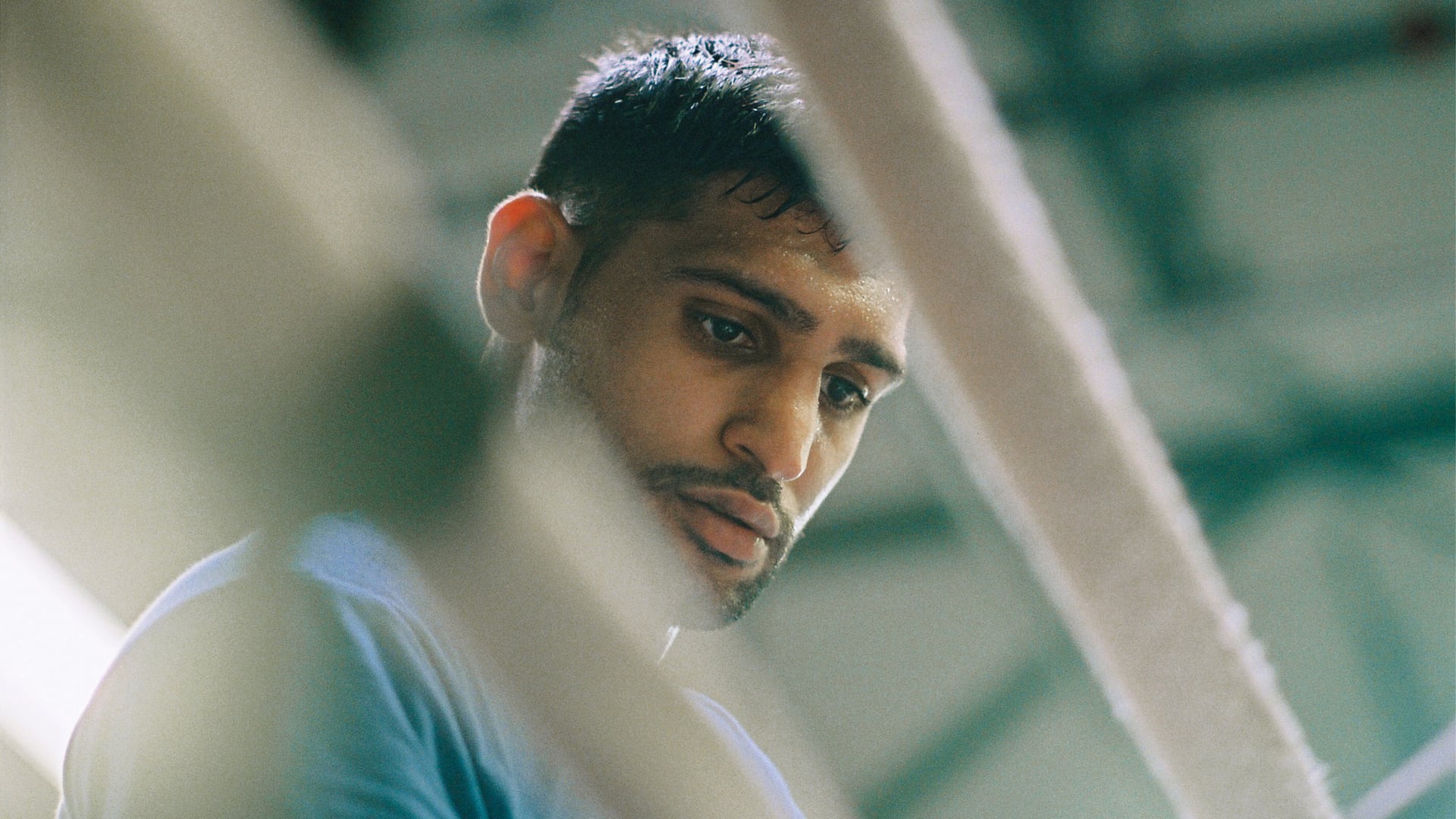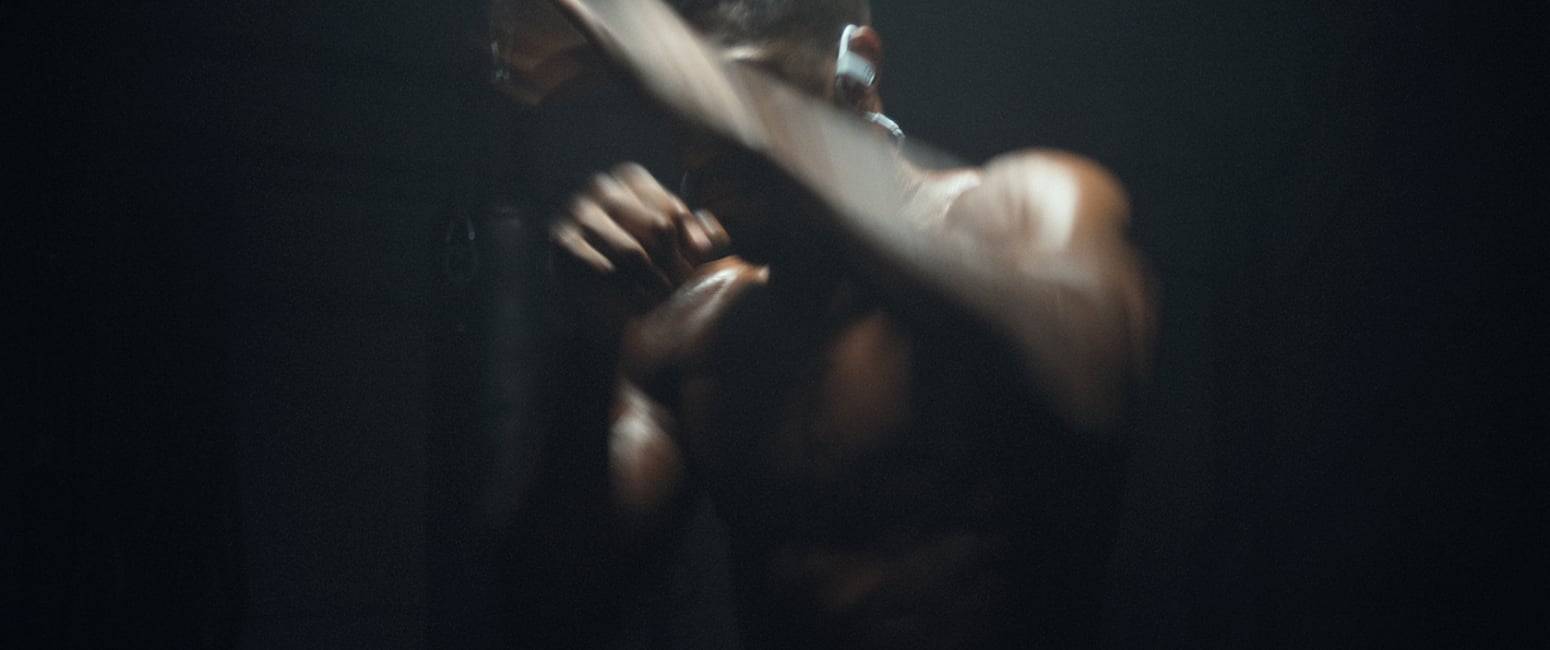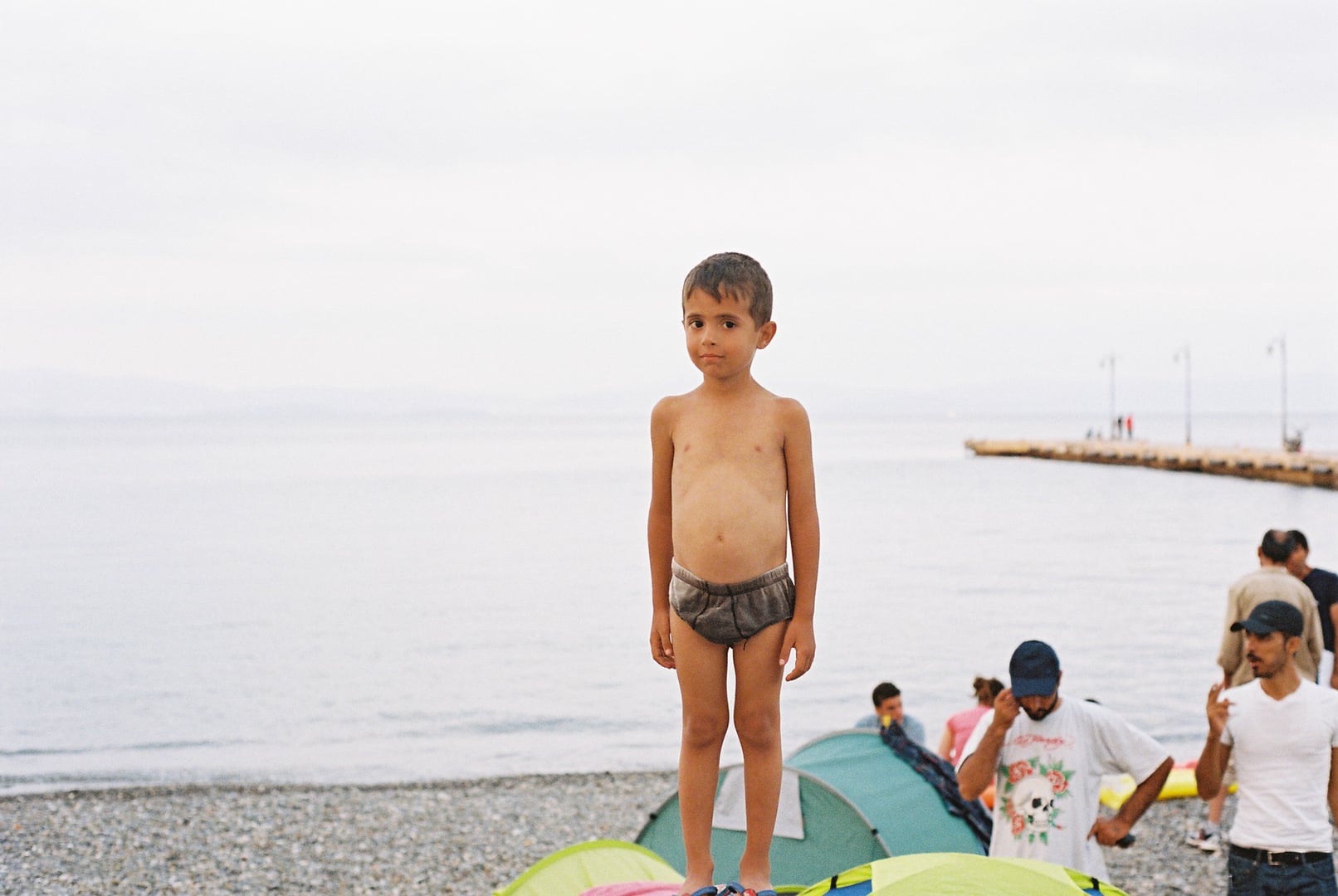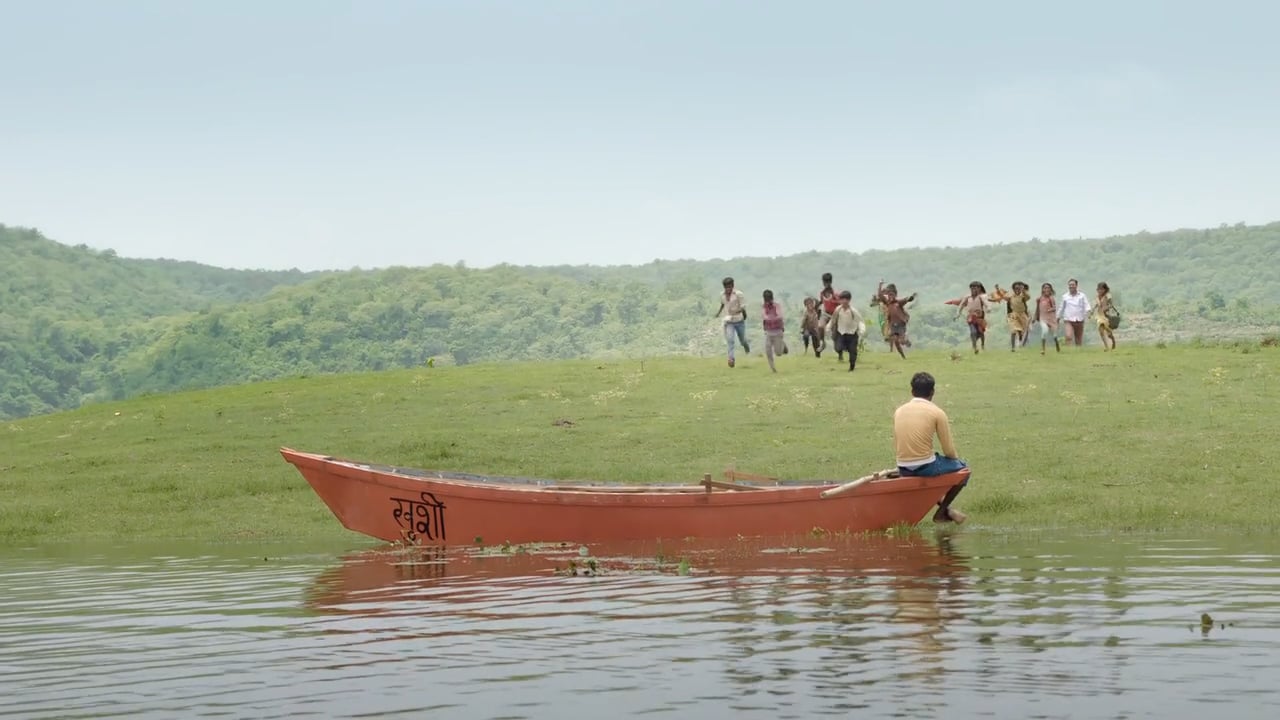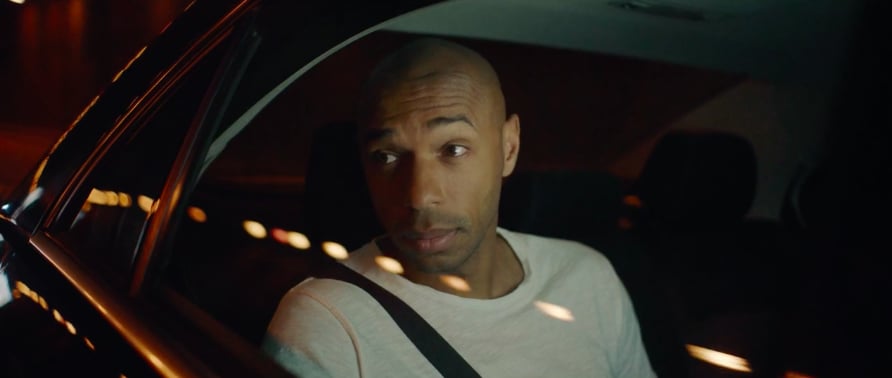Could you both please briefly describe your childhoods.
Oliver: I grew up in Adelaide, near the ocean. Our beach wasn’t that postcard Australian beach, all shades of blue and surfers riding silver crested waves. It was more reminiscent of dirty bathwater, and full of seaweed and stingers.
Most of the time we were pretty loathe to swim there, but when temperatures soared to the mid 30s, as they regularly did in the summer, we’d dive right in. On the street I grew up on all the neighbours knew one another and the kids used to hang out together, adventuring and playing out till late. When I was 13, my Mum decided to move us to Sydney, so the neighbours took down the street sign and gave it to us as a parting gift.
Blair: I grew up in Sydney, right near the ocean. Our beach was that postcard Australian beach, with the endless shades of blue and surfers riding silver crested waves. The beach was often rough though and quite a dangerous place to learn to swim or surf. I joined the little nippers, which are the junior surf lifesaving clubs of Australia. We trained to be surf lifeguards and would compete with other kids our age every Sunday.
I lived in a small apartment with my mum right on the beach. I was always in the water, and when it was time to come in my mum would hang a red and white striped towel over the balcony to let me know that it was time. Sometimes I would pretend not to notice the towel for a while so I could stay in longer. That’s right, I was a wild child.
What is your film-making background and what was behind your decision to join forces and become the directing duo Novemba?
We’ve been scheming together since we were teenagers. There was a gardening business, a coffee shop come DVD library, a video magazine. We bought a camera in our first year in London with money we borrowed. It was a Sony A1, and with that we started to make our first short films. We tried our hands at a bunch of different styles short narrative films, music videos, camera and lighting tests, even claymation.
There’s a naive charm to the stuff we made back then. In other words it all sucks. But bit by bit we earned our straps, got a break making some branded short documentaries and since then haven’t looked back, faking it all the way.
There’s a strong mix of commercials and documentaries on your reel – but focusing on your latest doc, Alice Adelaide, can you please tell us about the process of making this road trip film. Did you have a clear idea of the format before setting out – the sweeping drone-shot landscapes interspersed with more intimate shots of the characters and the off camera questioning?
We both grew up in Australia and moved to London aged 20 without having explored much of our home country. We wanted to travel through the Outback to see the desert landscapes and meet some of the people who lived there. We had 11 days to drive from Alice Springs to Adelaide, which is around 2000km if you take a couple of detours.
Sean Dunne’s ‘Florida Man’ documentary was an inspiration in approach for us. It had this wayward, spontaneous quality to it that we found really captivating. Plus the whole idea of throwing pre-pro out the window and just hitting the road was just too enticing. So that’s what we did. We didn’t really have a plan, we were open to anything, letting the characters and stories we found influence our path.
We didn’t give much thought to the edit either. It was as much about the experience as anything, we were just enjoying being out there, meeting people, and doing what we love. It was also an experiment, we bought a drone and a Ronin recently before departing and so we were road testing them on our way.
How did you go about finding your subjects? Not many women out there!
When you’re driving in that part of Australia sometimes you don’t see anyone for hours at a time, no cars or people, just the road and occasional wildlife. Places that looked like towns on a map would often end up being just a petrol station that sold basic supplies and had cabins or camping areas out the back. The good one’s had a bar and a proper kitchen and we met loads of cool people at these roadhouses.
We’d approach people in the street, as they were filling up their cars or having lunch, often with the camera already rolling. We even knocked on some house doors looking for people we had heard stories about. We only met a few people that didn’t want to be filmed. One worked for the army and said his work was classified so he didn’t want to be on camera. Another was an alcoholic who had lost his mining fortune, and a couple of his fingers, and didn’t want anyone to see what had become of him.
There’s certainly a lot less women than men living in the Outback. In fact some of the men we met living in remote towns were resigned to the single life, telling us it was just too hard to find a woman who would be prepared to live out there with them. There is indeed women out there though, and we did interview a couple, but for one reason or another they didn’t make the final cut. There’s a story there though, of the women of the Outback, that we’d love to see or make!
What was the editing process like – you’ve certainly dug out the nuggets of the characters, capturing the humour and also vulnerability of hard lives. Did a lot of footage end up in the bin? Did you edit as you travelled?
The documentary was cut by Phil Currie at Stitch Editing in London. We worked together in spare hours, very intermittently over the course of eight months. There was a lot of footage and characters that weren’t included in the final cut, most of them were travellers and tourists, people who were experiencing the place as new like us. Ultimately, we decided that we wanted the film to represent the people who lived in the Australian desert, those who reflected the landscape.
The soundtrack is quintessentially outback without being clichéd. Did you have it specifically composed for the film?
The music for the documentary was composed by Freddie Webb and Joe Farley, collectively known as Father. We’d worked together before, and were almost instantly on the same page about what the film needed musically. Music is very powerful in shaping perception, and we didn’t want something that would colour or shape things too much, the characters on screen already had real presence. With that in mind, we left the guys to it, and were very impressed with the result.
How big was your crew and who operated the camera? What camera and lens did you use?
We were a two-man crew, just us. We shot on a Sony FS7 and a A7Sii using a Canon 24-70mm zoom and a set of Rokinon primes. We used a DJI phantom 3 for the aerials, and a Ronin for the fluid roving shots. It was our first time using a drone, which was a lot of fun. So much fun we crashed it into the side of a dugout, it came back to London in pieces!
How did you travel – did you have your own campervan? What were the challenges of being on the road?
We rented a 4WD, loaded with provisions – fridge, tent, camping equipment, emergency water and camera gear. As it was just the two of us, we were really comfortable. The pleasure of drinking an ice cold coffee from our little fridge whilst standing in 40 degree heat in the middle of the desert is a pleasure few will ever know. We wouldn’t say it’s a perfect substitute for a shower, but it’s pretty close!
It’s not safe to drive after dusk as kangaroos and other wildlife are most active at this time and can jump in front of your car without much warning. We’d try and stop before it got dark each day, set up the tent or move into a cabin, and then have a beer before setting the batteries to charge and backing up the cards. In the bigger towns, like Alice Springs and Coober Pedy, we stayed in cheap motels and enjoyed glorious aircon and ensuite bathrooms.
How do you divide the directing between you – do you have different skill sets? Are you normally in accord about film making decisions and what do you do when there’s a disagreement?
We don’t have any formal division of labour between us, we work very organically. We’re friends first, so when the going gets tough our instinct is to stick together rather than split apart.
What were the main challenges of shooting Kos and how did the film come about?
We had the opportunity to go to Greece on another project, and decided to head to Kos to see the migrant crisis first hand and attempt to document what we saw. In terms of access, we were surprised by how easy it was to become entrenched in things – we arrived to the island, hired a car and drove to the historic town on the island and there were literally hundreds of refugees sprawled everywhere. You could look out to sea and see the rubber boats coming in from Turkey.
It was a trip to be immersed in a situation that we’d seen so much of in the news. The greatest challenge was just how confronting the whole situation was, there was uncertainty and desperation everywhere. As documentary filmmakers we have a lot of empathy for the people we meet and interview, and it was hard to not be able to do more for people who obviously needed help.
Your commercials are also about very strong character studies whether it’s Thierry in Rome or, a favourite, Western Union The Chain or the Barcadi series. When you’re working with an agency who sources the stories? What are the briefs like – detailed or do they leave you mainly to your own devices to film?
It totally varies. Most of the time an agency has a clear idea of the kind of story they want to tell, and the kind of characters they want to portray, being that they must reflect the brand. But who this person is in reality is often still to be discovered. We’re often quite hands on in the research phase, which we don’t mind at all. Whereas an agency or client may be more focused on who best fits their brand, we’ll also have an eye on character, location and aesthetics, to ensure we also have the elements for a great film.
Please list five inspirations that have connected with you recently – these can be people, films, music videos, books, architecture, events, anything you like.
We’ve been locked in the edit of our first feature documentary for the past five months, and confessedly have become pretty stale! Albeit, here’s a few things that we’ve liked of late: Victoria by Sebastian Schipper, One More Time With Feeling (Nick Cave Doc), Ceviche (the food), Foster Huntington (man’s building dreams), Chance the Rapper.
Anything else you’d like to share?
Here’s a trailer for that feature doc, we’re hoping to have it completed by February 2017 (See above too).
LINKS

